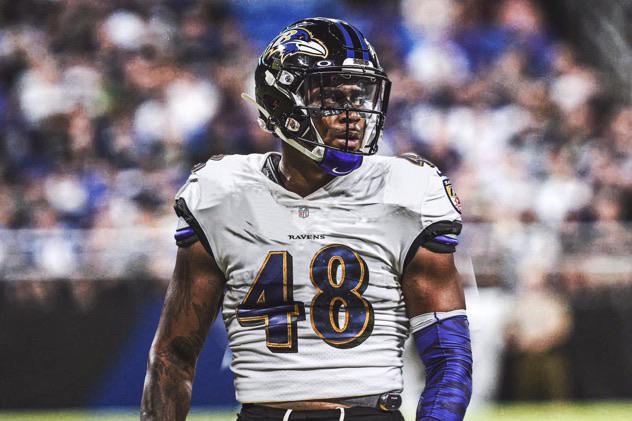Why Linebackers Are Coming Back

In the early 2010s the league went all-in on passing. Teams ran more 3-WR sets, quarterbacks threw earlier, and offenses chased space and speed. Defenses answered by getting lighter and faster: nickel packages became the default, swapping a linebacker for an extra defensive back to stop that passing onslaught.
That change worked, it slowed down receivers. But it also left fewer bodies near the line of scrimmage. Big running lanes started to appear when teams committed to running the ball downhill or used misdirection. Coaches noticed: if you can force a nickel look, you can punish it with smart run calls.
Now we’re seeing teams push back. Offensive staffs are mixing in more power runs, counters, and gap schemes designed to hit against lighter fronts. Front offices are spending draft capital and money on bigger offensive linemen and more complete running backs. The plan is simple: make nickel defenses choose between getting pushed around by the run or giving up play-action shots.
That tactical tug-of-war changes how defenses build, too. The modern linebacker is no longer just a gap-plugger. Teams want athletic, rangy linebackers who can set the edge, shed blocks, blitz, and cover TEs or slot receivers. Think three-down players with speed and instincts, not slow thumpers.
This isn’t a full return to old-school football. Passing efficiency still rules. But the league moves in cycles. As offenses exploit lighter defenses with the run, linebackers who can do a little bit of everything become valuable again. For scouts and draft nerds, watch where teams spend picks: smart linebackers and tough run-game pieces will be the sleepers who matter next.
